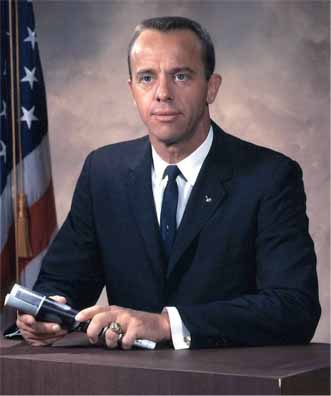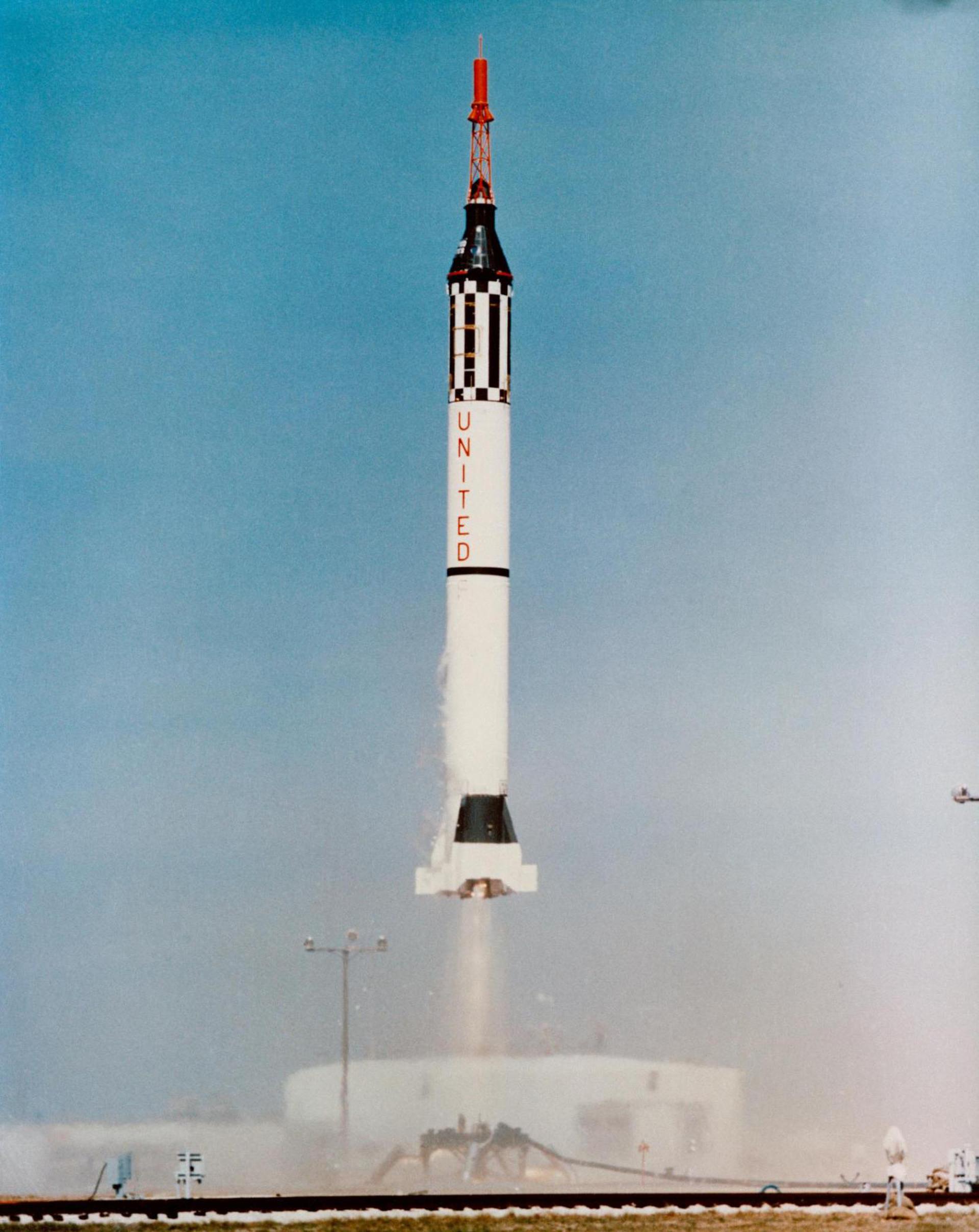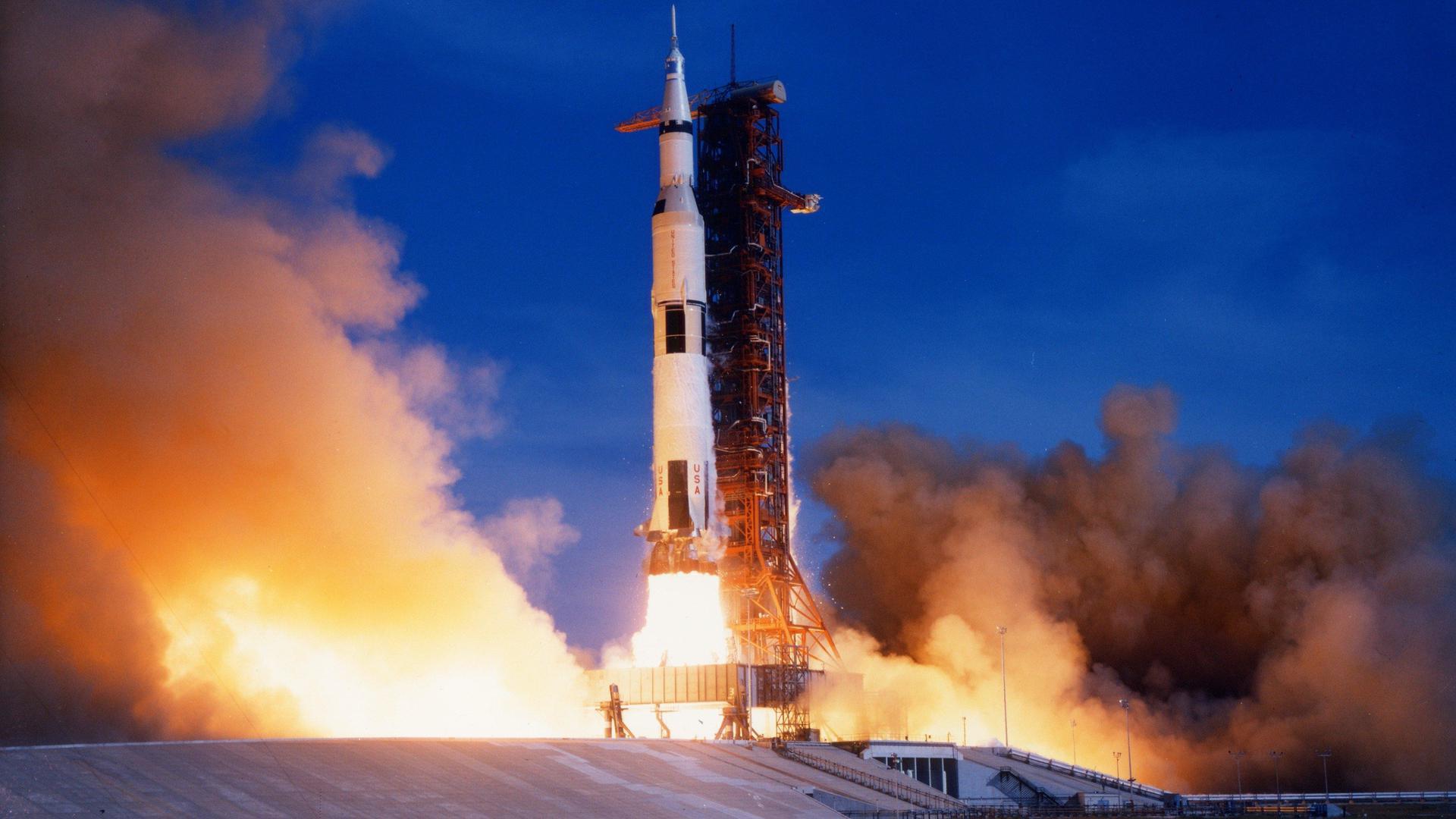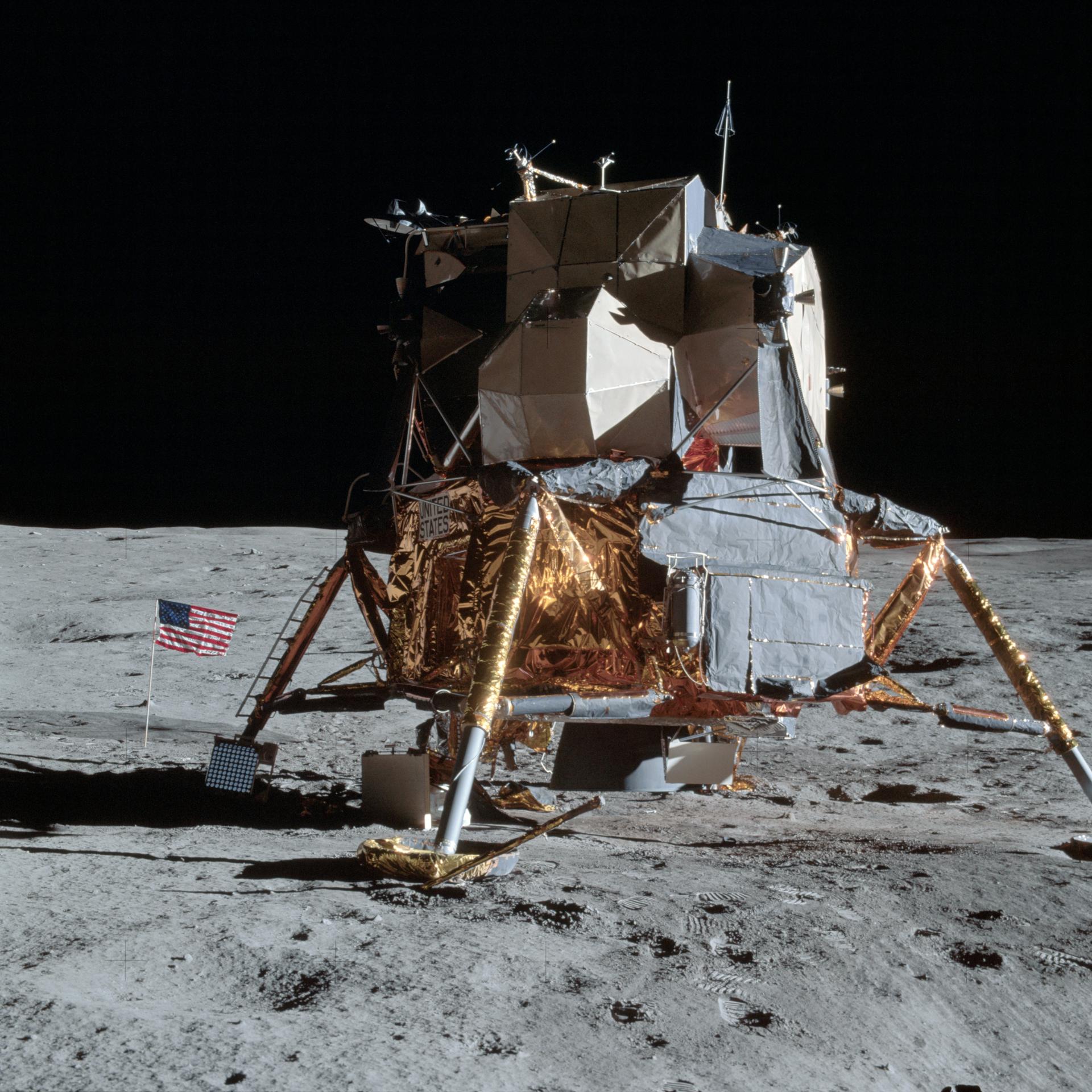Alan Shepard
American - (NASA)
Deceased
Date of Birth: Nov. 18, 1923
Date of Death: July 21, 1998
Rear Admiral Alan Bartlett Shepard Jr. was an American astronaut, naval aviator, test pilot, and businessman. In 1961 he became the first American to travel into space, and in 1971 he walked on the Moon.
Redstone MRLV | Mercury-Redstone 3
Chrysler | United States of AmericaCape Canaveral SFS, FL, USA
May 5, 1961, 2:34 p.m.
Status: Success
Mission:
Mercury-Redstone 3, or Freedom 7, was the first United States human spaceflight, on May 5, 1961, piloted by astronaut Alan Shepard. It was the first manned flight of Project Mercury, the objective of which was to put an astronaut into orbit around the Earth and return him safely. Shepard's mission was a 15-minute suborbital flight with the primary objective of demonstrating his ability to withstand the high g-forces of launch and atmospheric re-entry.
SuborbitalSaturn V | Apollo 14
National Aeronautics and Space Administration | United States of AmericaKennedy Space Center, FL, USA
Jan. 31, 1971, 9:03 p.m.
Status: Success
Mission:
Apollo 14 was the eighth manned mission in the Apollo Program. The third mission to land on the moon. This mission was a two day stay on the lunar surface and carried out two EVAs. Commanded by Alan Shepard, Command Module Pilot Stuart Rossa, and Lunar Module Pilot Edgar Mitchell. During the two lunar EVAs, 42.80 kilograms of moon rock samples was collected.
Lunar OrbitThe National Aeronautics and Space Administration is an independent agency of the executive branch of the United States federal government responsible for the civilian space program, as well as aeronautics and aerospace research. NASA have many launch facilities but most are inactive. The most commonly used pad will be LC-39B at Kennedy Space Center in Florida.
Electron
Raise and Shine (RAISE-4)
Rocket Lab Launch Complex 1B - Rocket Lab Launch Complex 1, Mahia Peninsula, New ZealandRAISE-4 (RApid Innovative payload demonstration Satellite-4) is a Japan Aerospace Exploration Agency (JAXA) satellite for on-orbit demonstrations of …
Kuaizhou 11
DEAR-5
Launch Area 95A - Jiuquan Satellite Launch Center, People's Republic of ChinaDEAR-5 is a commercial in-orbit payload and micro-gravity experiments hosting spacecraft developed by Chinese commercial company AZSPACE for various …
Long March 12
SatNet LEO Group 16
Commercial LC-2 - Wenchang Space Launch Site, People's Republic of ChinaA batch of Low Earth Orbit communication satellites for the Chinese state owned SatNet constellation operated by the China Satellite Network Group. …
Falcon 9
Starlink Group 6-90
Space Launch Complex 40 - Cape Canaveral SFS, FL, USAA batch of 29 satellites for the Starlink mega-constellation - SpaceX's project for space-based Internet communication system.
Falcon 9
Starlink Group 15-11
Space Launch Complex 4E - Vandenberg SFB, CA, USAA batch of 27 satellites for the Starlink mega-constellation - SpaceX's project for space-based Internet communication system.





